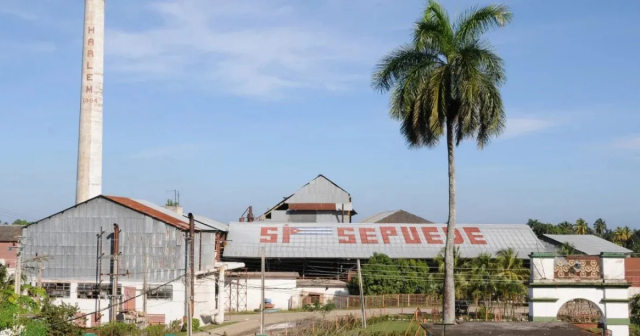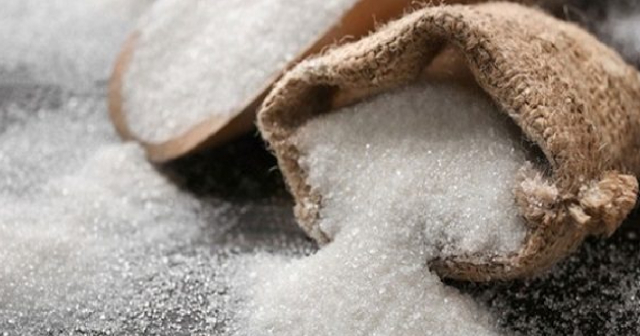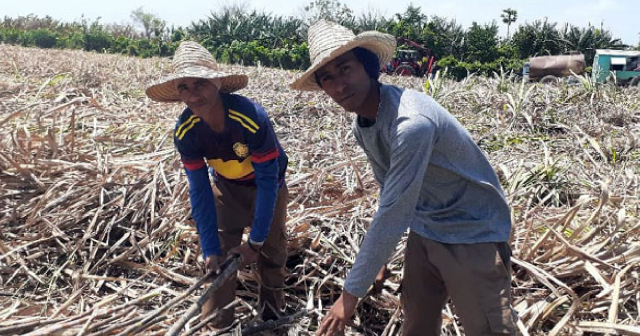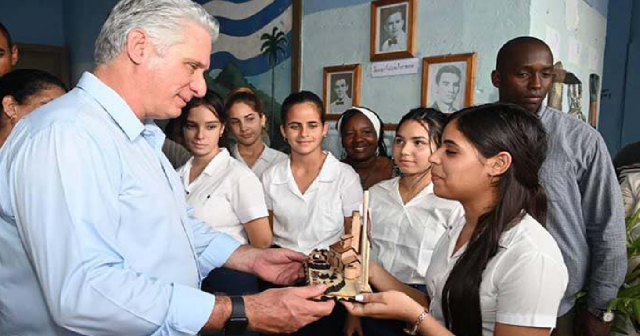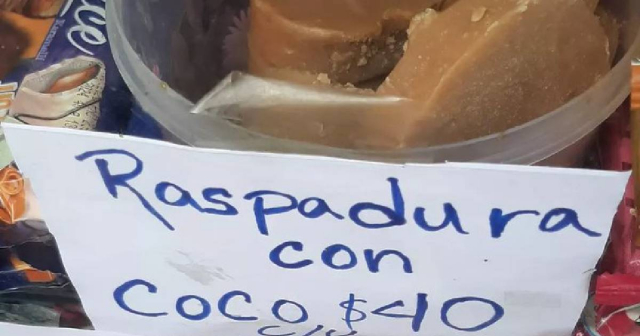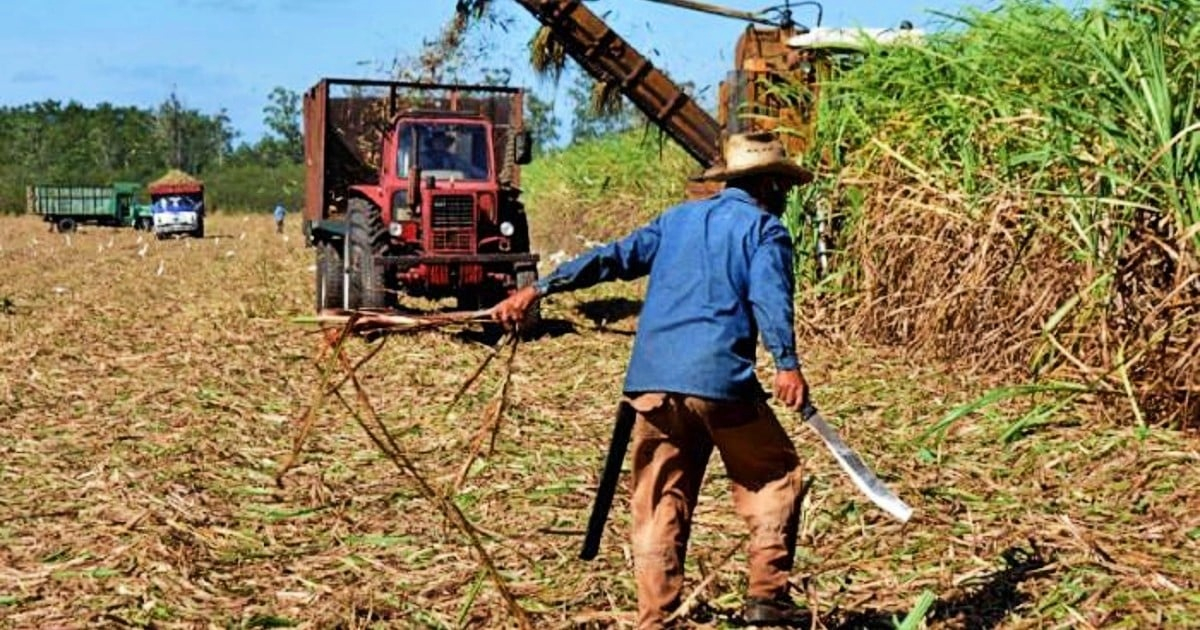
Amaury Depestre, director of the "14 de julio" sugar mill in Cienfuegos, admitted this week that in order to complete the last sugarcane harvest and meet the plan, he had to resort to 113 prisoners who joined the work.
"We must work together, the Governments, the Party, the sugarcane mills... We all must seek solutions to develop the sugarcane harvest. We must unite from now for the next one," he stated.
During a debate held on Monday night, prior to the parliamentary session scheduled for this Wednesday, Depestre - quoted by the official website Cubadebate - did not specify the conditions under which the prisoners worked.
However, since March, both Cubans and foreigners serving prison sentences in the country have the right to work inside and outside of prisons, and they have a regulation that establishes their work and salary conditions, according to the Afp news agency.
During his speech, Depestre called for attention to be paid to the salaries in the sector and the migration that has affected it in recent years.
It is not the first time that business executives or lawmakers complain about the lack of workforce in agriculture, historically affected by the exodus from rural areas to cities.
This circumstance is now compounded by the massive emigration of the Cuban population abroad and the displacement of agricultural workers to better-paid jobs, especially in the thriving private sector.
Noel Rolando, deputy for the municipality of Remedios, in the province of Villa Clara, pointed out that besides the salary, there are other ways to motivate and engage workers.
"The monetary aspect has a big influence, but so does attention. Sometimes you can solve problems for employees, which can affect their performance," he commented.
Sugar cane harvest in crisis
Since 2021, the business group AZCUBA has tried to curb the decline of the sector, but the 2022-2023 harvest barely reached 350,000 tons of sugar, a figure that represents only 4.4% of what Cuba used to produce in the early 1990s.
Julio García Pérez, president of AZCUBA, did not inform the parliamentarians on this occasion about the final results of the sugar harvest that concluded in May.
During the months from February to June, the deputies who are part of the Agri-food Commission evaluated the sugar harvest by visiting 23 sugar agro-industrial companies and 39 agricultural cooperatives producing sugarcane. Visits that confirmed the low availability of lubricants, fuels, and other inputs.
During the sugarcane harvest, most agro-industrial companies did not manage to comply with the organizational measures to ensure daily tasks and production levels, with subjective problems blending with actual shortages, revealing indiscipline and a lack of demands from cooperative presidents and department heads in the industry," stated the president of AZCUBA without providing figures.
García Pérez also referred to the fluctuation of the workforce as one of the distinctive elements of recent years in the sector.
At the end of the first quarter of 2024, they had 6,723 state workers and 7,418 cooperative workers.
Another issue that negatively impacted the harvest and the industrial processes was the burning of the sugar cane.
In total, around 750,000 tons were affected; 16,000 hectares were not harvested, they remained in the fields and thus affected the crops, according to the president of AZCUBA.
Julio García Pérez underlined the need to find innovative solutions that allow stopping the deterioration facing the sugar industry.
What do you think?
COMMENTFiled under:

